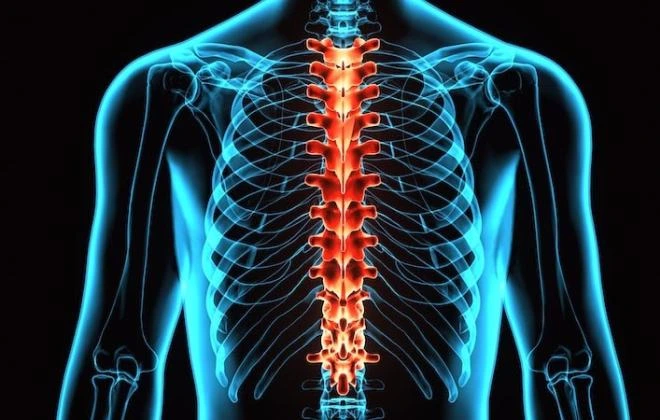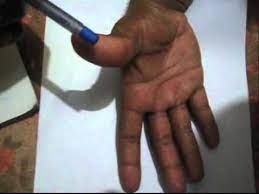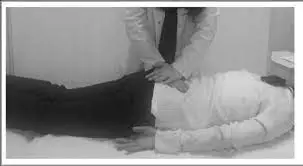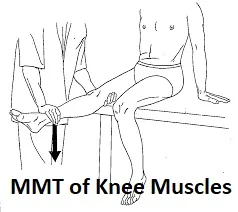Thoracic Injury
What is Thoracic Injury? Thoracic injuries can be broadly divided into blunt and penetrating injuries based on their mechanism. The most common cause of blunt chest injury is motor vehicle collisions (MVC) which account for up to 80% of injuries. Other causes include slips and falls, violent crimes, vehicles striking pedestrians, and blast injuries. Children…










